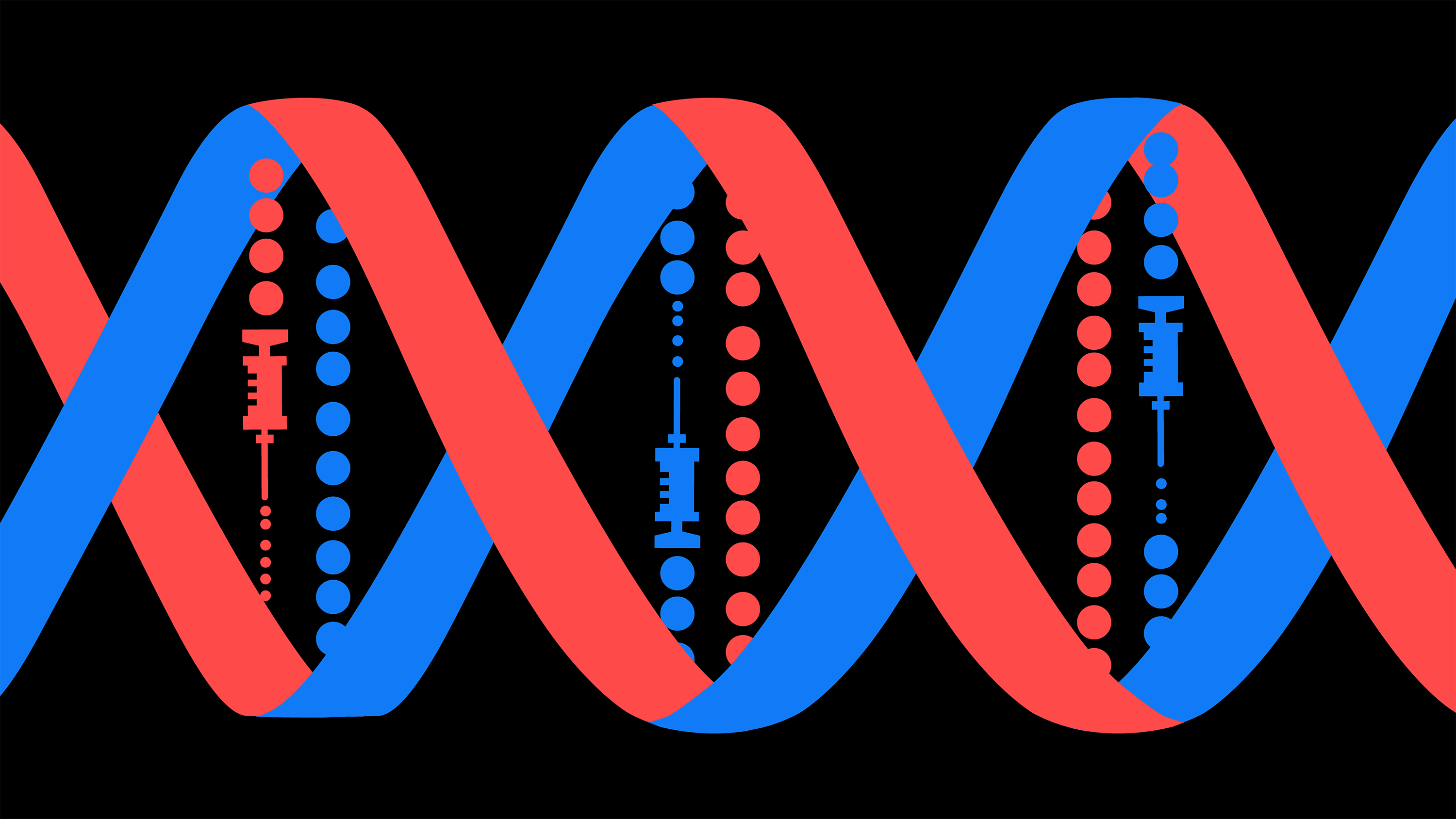CRISPR for high cholesterol: 10 Breakthrough Technologies 2023
New forms of the gene-editing tool could enable treatments for common diseases.

WHO
Verve Therapeutics, Beam Therapeutics, Prime Medicine, Broad Institute
WHEN
10 to 15 years
Last year, a New Zealand woman became the first to receive a gene-editing treatment to permanently lower her cholesterol. The woman had heart disease, along with an inherited risk for high cholesterol. But scientists behind the experimental treatment think it could help pretty much anyone.
The trial is a potential turning point for CRISPR, the editing tool they used. Since the technology was first programmed to edit genomes about a decade ago, we’ve seen CRISPR move from scientific labs to clinics. But the first experimental treatments have focused on rare genetic disorders. A high-cholesterol treatment has wider potential.
The cholesterol-lowering treatment, developed by Verve Therapeutics, relies on a form of gene editing called base editing, or “CRISPR 2.0.” It’s a more targeted approach—instead of simply making cuts to shut off specific genes, scientists can now swap a single DNA base for another. In theory, this should be safer because you’re less likely to cut an important gene by mistake, and you can avoid potential errors that may occur when DNA repairs itself after being cut.
An even newer form of CRISPR could take things further still. Prime editing—or “CRISPR 3.0”—allows scientists to insert chunks of DNA into a genome. If it works in people, it could let scientists replace disease-causing genes.
Together, these newer forms of CRISPR could broaden the scope of gene editing to take on many conditions—not all of them genetic. Someday, people may have the option to add genes thought to protect against high blood pressure, or certain diseases, to their genetic code.
All CRISPR treatments are experimental at this point, and we don’t know if they’re safe. Some argue we should focus on treating those with severe diseases in the meantime. But if these new forms of CRISPR do work, they could help many others.
Read more about how CRISPR might be ready to go mainstream.
Deep Dive
Biotechnology and health
Ethically sourced “spare” human bodies could revolutionize medicine
Human “bodyoids” could reduce animal testing, improve drug development, and alleviate organ shortages.
An ancient man’s remains were hacked apart and kept in a garage
Why archaeologists are increasingly leaving historic sites untouched until we have less destructive technologies for studying them.
De-extinction scientists say these gene-edited ‘woolly mice’ are a step toward woolly mammoths
The animals, the first to have been created by Colossal Biosciences, have fluffy coats and curly whiskers.
Game of clones: Colossal’s new wolves are cute, but are they dire?
Colossal Biosciences claims it has revived an extinct species, but scientists outside the company are skeptical.
Stay connected
Get the latest updates from
MIT Technology Review
Discover special offers, top stories, upcoming events, and more.